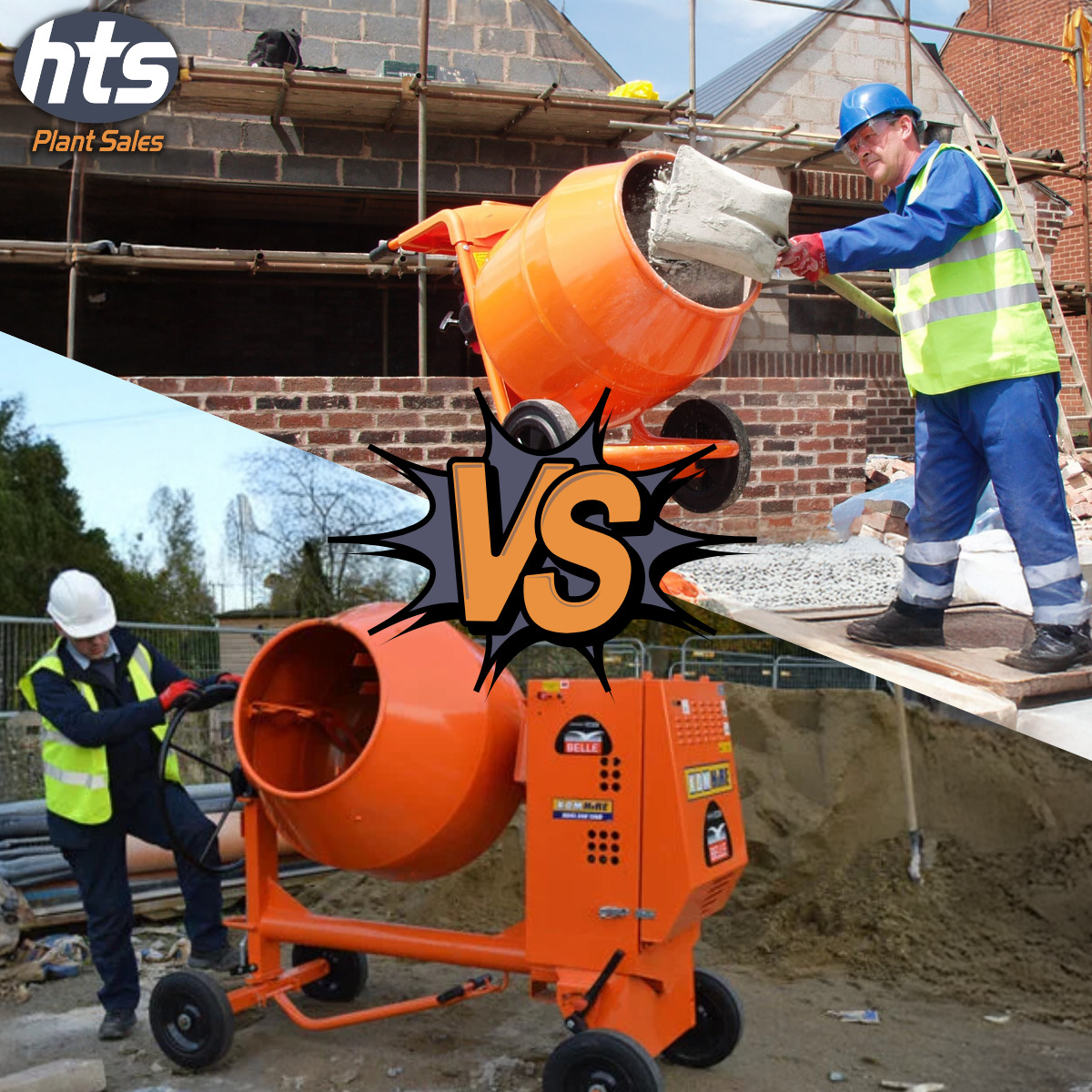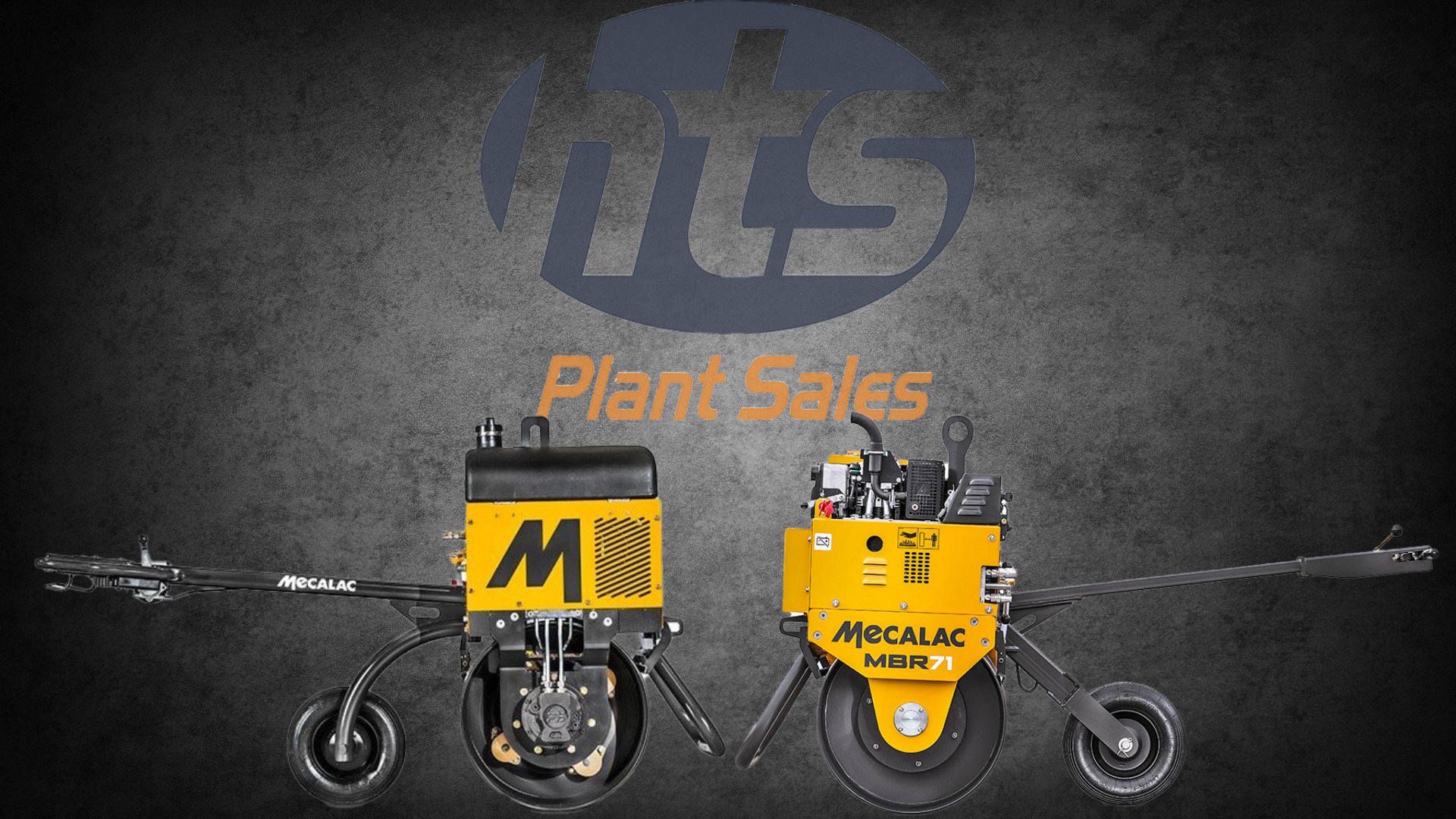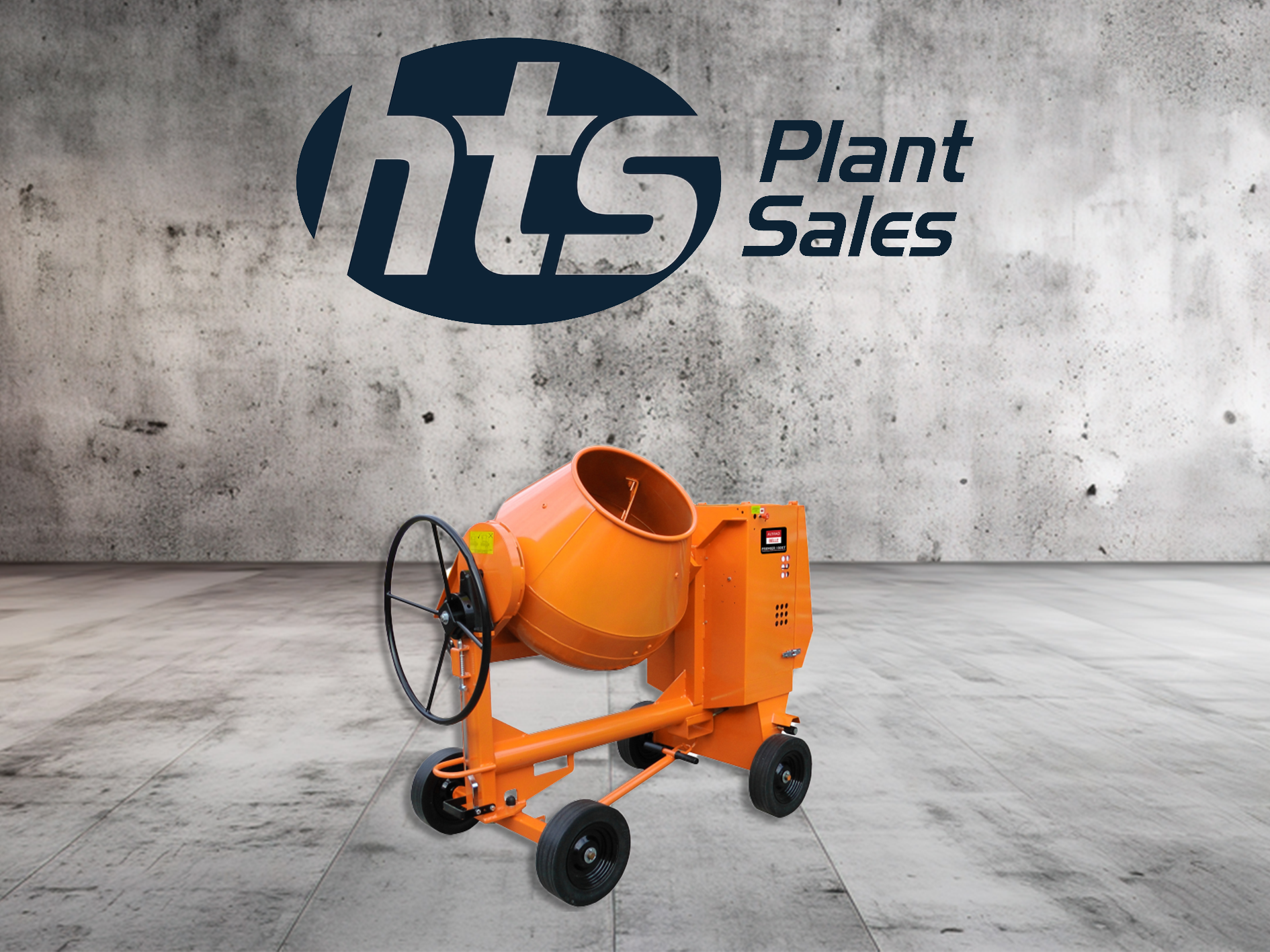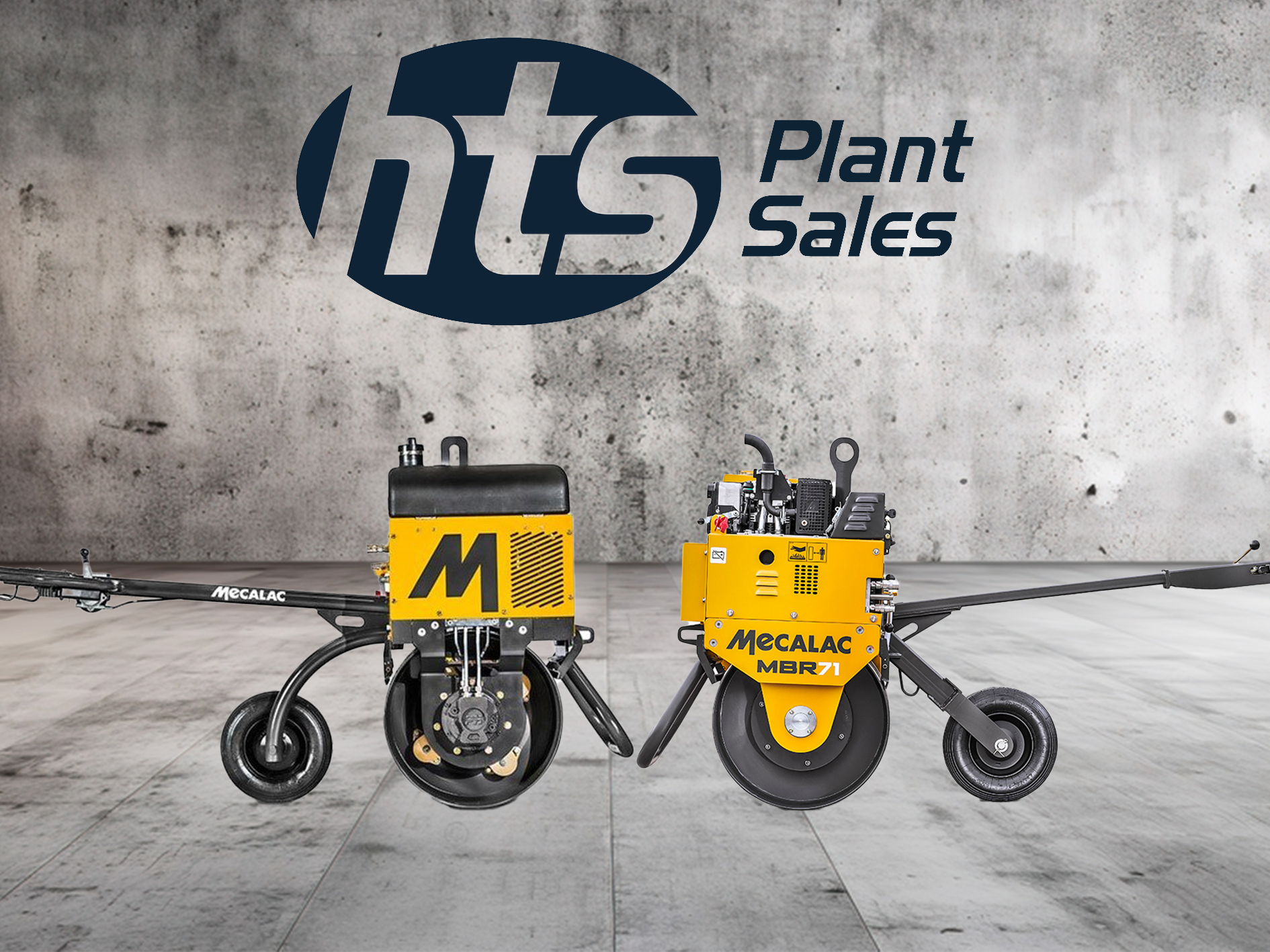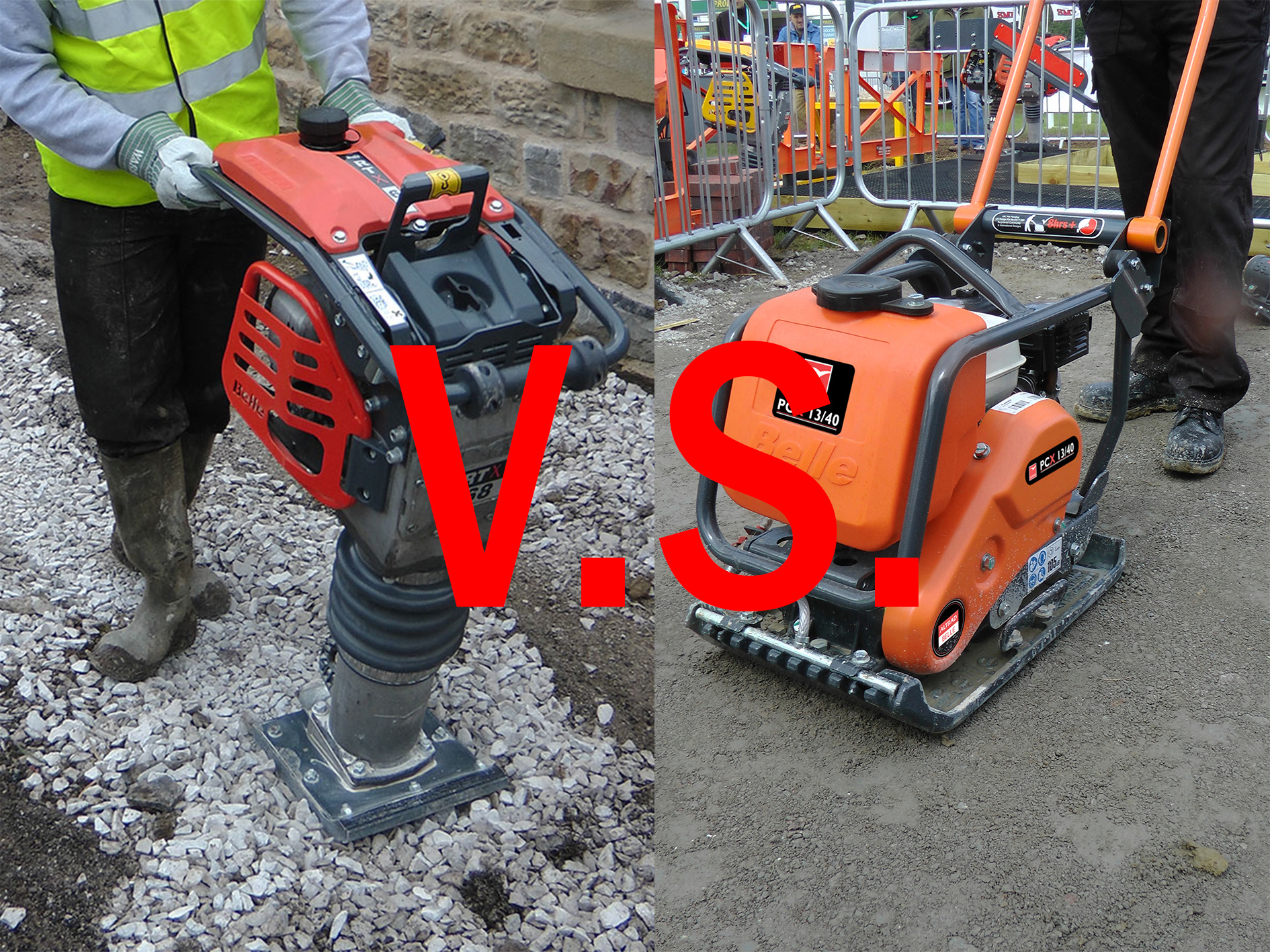When it comes to compacting soil, asphalt, or other materials on construction sites, choosing the right roller can make all the difference between a professional finish and a subpar result. Two of the most popular options for smaller to medium-sized projects are twin drum rollers and single drum walk-behind rollers. But how do you know which one is right for your specific application?
In this comprehensive guide, we’ll break down the key differences between these two types of compaction equipment and help you determine which one will deliver the best results for your project.
Understanding the Basics
Twin Drum Rollers feature two steel drums – one at the front and one at the rear – that work together to provide consistent compaction across the entire width of the machine. These rollers are typically self-propelled and offer excellent manoeuvrability.
Single Drum Walk-Behind Rollers have one large compacting drum at the front with wheels or tracks at the rear for propulsion. The operator walks behind the machine, guiding it manually across the work surface.
Key Differences at a Glance
Compaction Performance
Twin Drum Advantage: The dual-drum design provides superior compaction efficiency, as both drums work simultaneously to compress material. This results in fewer passes needed to achieve proper density, saving time and fuel costs.
Single Drum Advantage: Offers excellent static weight distribution through the single large drum, making it highly effective for deep compaction of granular materials and providing good traction on slopes.
Manoeuvrability and Control
Twin Drum: These machines typically offer better manoeuvrability with their compact design and often feature zero-turn radius capabilities. The operator has precise control from the operating platform.
Single Drum: While requiring more physical effort from the operator, walk-behind models provide excellent control in tight spaces and allow the operator to closely monitor the compaction process and surface quality.
Versatility
Twin Drum: Excel at asphalt work, particularly for final finishing passes, and are ideal for working in confined spaces like driveways, pathways, and around obstacles.
Single Drum: More versatile across different material types, from granular soils to cohesive materials, and particularly effective for trench work and utility applications.
When to Choose a Twin Drum Roller
Twin drum rollers are your best choice when:
- Asphalt Applications: Perfect for compacting hot mix asphalt, particularly for final finishing passes where surface smoothness is critical
- Time Efficiency: When you need to complete compaction quickly with fewer passes
- Smooth Surfaces: Ideal for achieving a professional, smooth finish on driveways, car parks, and pathways
- Operator Comfort: For extended use where operator fatigue is a concern
- Precise Control: When working around delicate landscaping or in areas requiring careful manoeuvring
When to Choose a Single Drum Walk-Behind Roller
Single drum rollers are ideal for:
- Soil Compaction: Excellent for compacting various soil types, from sandy to clayey materials
- Trench Work: Perfect for utility trenches and narrow excavations where larger equipment can’t access
- Granular Materials: Outstanding performance on gravel, crushed stone, and aggregate base materials
- Slope Work: Better traction and control on inclined surfaces
- Budget-Conscious Projects: Generally more affordable initial investment
- Deep Compaction: Superior performance when maximum compaction force is needed
Material-Specific Recommendations
For Asphalt Work
Twin drum rollers are generally preferred for asphalt applications due to their ability to provide consistent compaction without marking or tearing the material surface.
For Soil and Aggregate
Single drum rollers typically perform better on granular materials and soil compaction due to their higher static linear load and better traction.
For Mixed Applications
If you regularly work with both asphalt and soil/aggregate materials, consider your primary application when making the decision, or evaluate having both types in your equipment fleet.
Making the Right Choice for Your Business
Consider these factors when deciding:
- Primary Applications: What materials do you compact most frequently?
- Project Size: Are you typically working on large areas or confined spaces?
- Operator Preference: Consider the physical demands and comfort requirements
- Budget: Evaluate both initial cost and long-term operating expenses
- Versatility Needs: Do you need one machine for multiple applications?
Quality Equipment and Parts Support
At HTS Plant, we understand that choosing the right compaction equipment is crucial for your project success. We stock a comprehensive range of both twin drum and single drum rollers to meet every application need.
Our inventory includes high-quality Bomag twin drum rollers known for their reliability and superior finish quality, alongside an extensive selection of Mecalac and Terex rollers available both as new machines and fully refurbished units. Each refurbished roller undergoes rigorous testing and restoration to ensure it meets our high standards for performance and reliability.
Whether you’re looking for the latest technology or a cost-effective refurbished solution, you can explore our complete range of rollers here.
Keeping Your Equipment Running
Proper maintenance is essential for maximizing the lifespan and performance of your compaction equipment. When you need genuine parts and accessories for your rollers, HTS Spares has you covered with a comprehensive inventory of components for all major roller brands.
From engine parts and hydraulic components to drum assemblies and wear items, you can find everything you need to keep your equipment operating at peak performance. Visit htsspares.com for all your roller parts and maintenance needs.
Conclusion
Both twin drum and single drum walk-behind rollers have their place in the construction and landscaping industries. The key is matching the right tool to your specific applications and working conditions.
Twin drum rollers excel in asphalt work and applications requiring smooth finishes, while single drum rollers are the go-to choice for soil compaction and utility work. Consider your primary applications, project requirements, and budget when making your decision.
Remember, investing in quality equipment from trusted manufacturers like Bomag, Mecalac, and Terex ensures reliable performance and lower long-term operating costs. With proper maintenance and genuine parts support, either type of roller can provide years of dependable service.
Need help choosing the right roller for your specific application? Contact our equipment specialists at HTS Plant for expert advice tailored to your project requirements.
